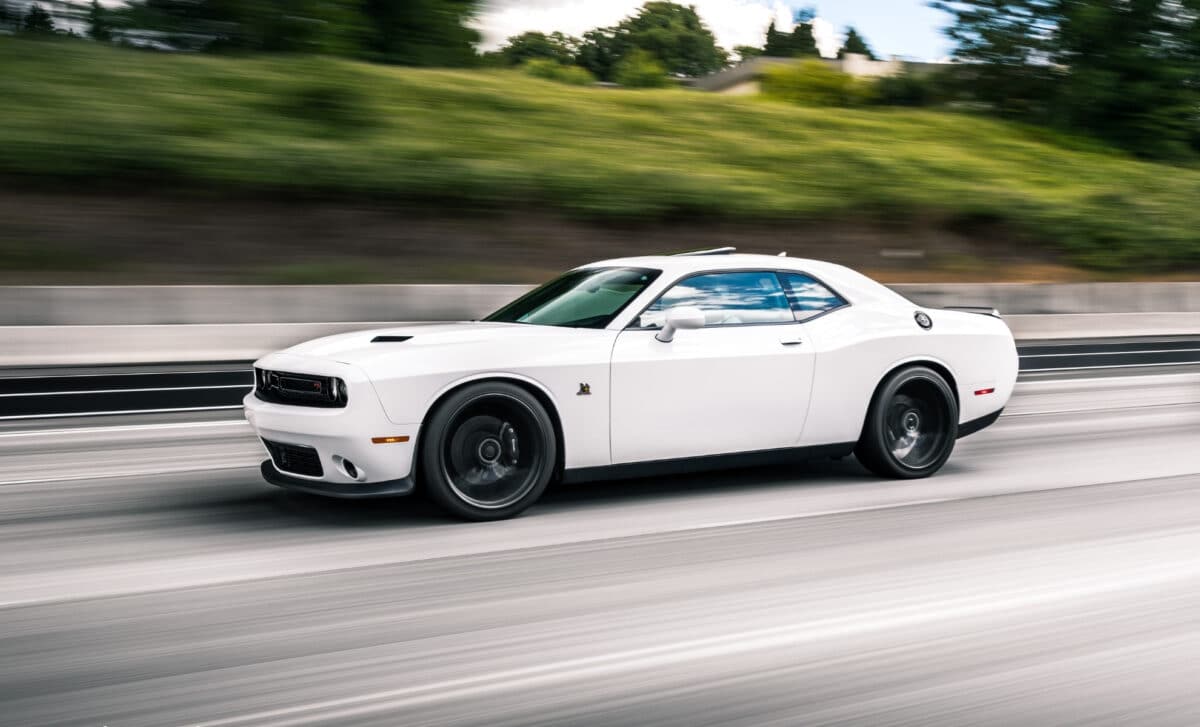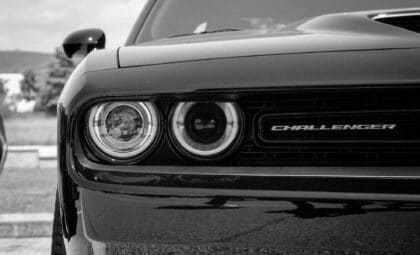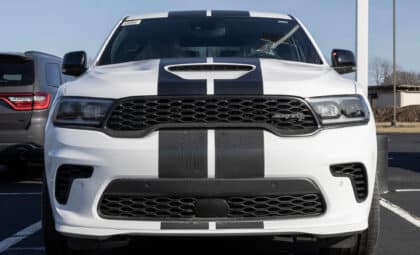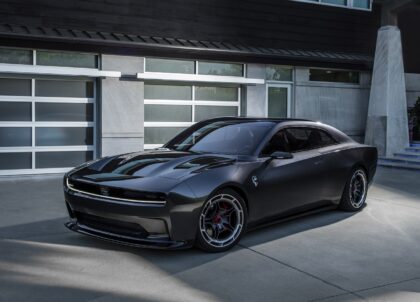Dodge may be gearing up to reintroduce the Charger with a surprising twist—a four-cylinder engine. The move could mark a significant shift for the muscle car icon as Stellantis plans to expand the use of its new Hurricane Turbo 4 engine. With pricing and market accessibility in focus, the idea of a leaner, more affordable Charger is gaining traction.
As the automaker transitions its lineup beyond V8 dominance, the introduction of a smaller powertrain might not only reduce costs but also lighten the vehicle and make it more agile. A four-cylinder Charger would depart from tradition, but not entirely from history.
Dodge Navigates a Changing Muscle Car Market
The muscle car segment has undergone major changes in recent years, with emissions standards tightening and consumer preferences shifting. While Dodge has continued to champion large-displacement engines like the HEMI V8, it’s clear the company is also exploring new ground. The reveal of the 420-hp Hurricane 6-powered R/T Charger, set to arrive in 2026 with a $49,995 MSRP, is already a notable attempt to balance performance with modern expectations.
Yet that price point remains well above what many traditional Dodge customers are used to. In 2023, for instance, the base V6-powered Charger SXT cost under $37,000. According to Carscoops, the company dropped the more affordable EV variant for 2026, leaving a sizable gap in the entry-level segment.
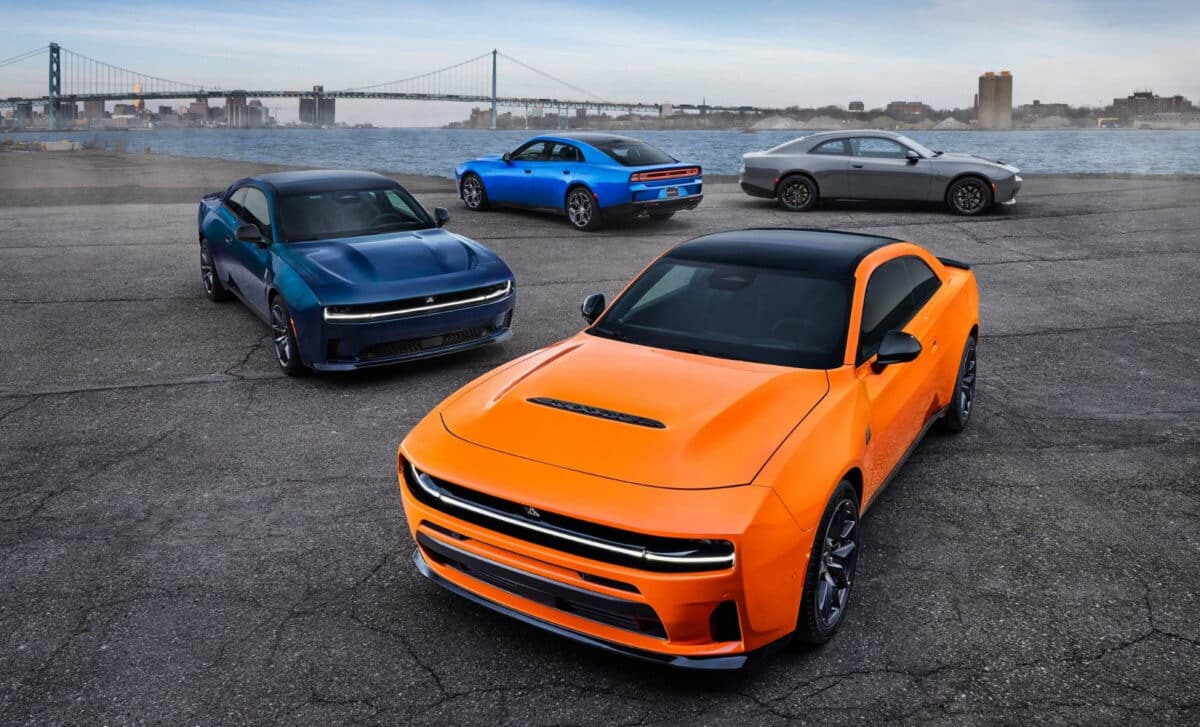
The Hurricane Turbo 4: Power Without the Heft
At the heart of this potential new Charger variant is the Hurricane Turbo 4, a 2.0-liter engine that Stellantis just debuted in the 2026 Jeep Grand Cherokee. This new four-cylinder produces 324 hp and 332 lb-ft of torque—impressive numbers that surpass those of the existing 2.0-liter unit in the Wrangler. This output places it well above the aging Pentastar V6 that previously served as the base engine in the Charger lineup.
A Charger equipped with this new powerplant could potentially offer improved weight distribution and handling. The current Sixpack variant weighs over 4,800 lbs, and a smaller engine could lighten the vehicle substantially. That kind of agility might not matter to purists focused solely on straight-line speed, but it could broaden appeal among buyers looking for a stylish daily driver.
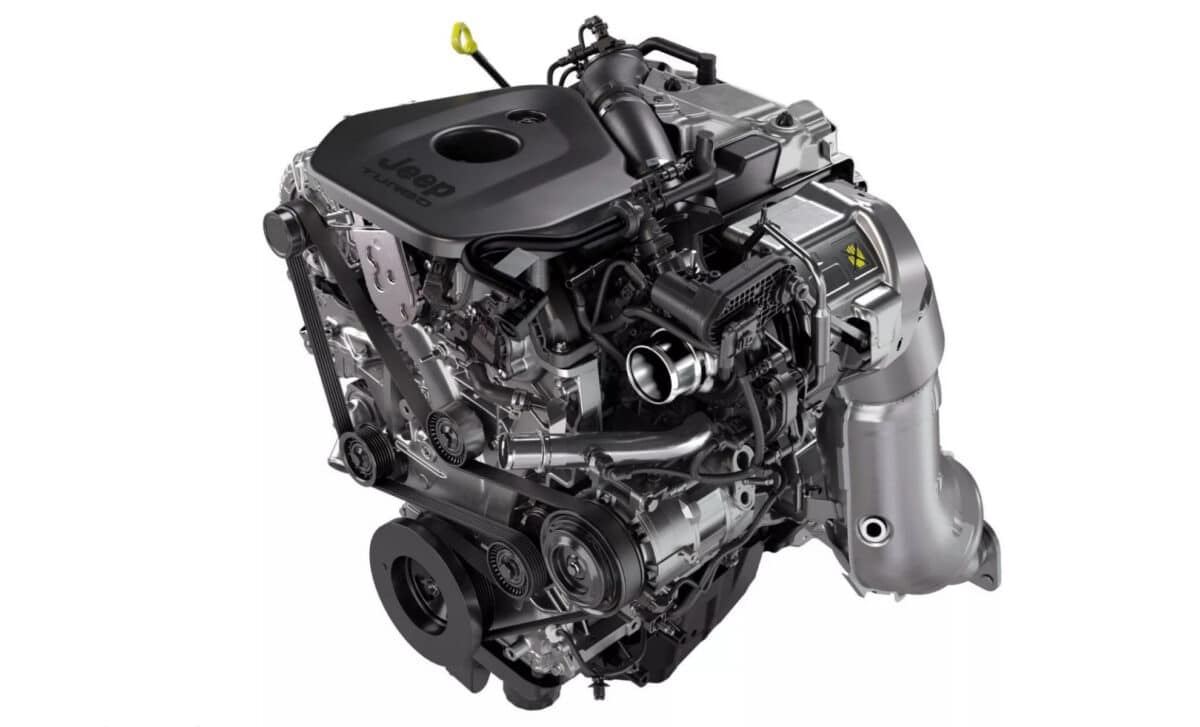
The Hurricane Turbo 4: Power Without the Heft
The financial dimension is impossible to ignore. Entry-level pricing has historically been critical to the Charger’s widespread adoption, especially among rental fleets and budget-conscious consumers. Dodge previously saw strong volume with V6 models that lacked the headline-grabbing specs of the Hellcats but met practical needs.
If the Hurricane 4 could power a base Charger priced under $40,000, it would land the model squarely between nostalgia and necessity. That would also make it competitive with offerings like the 2026 Ford Mustang Ecoboost, which starts around $32,000. Whether the new variant can attract longtime fans depends on Dodge’s ability to sell the vision—not just the numbers.
Muscle Car Heritage Meets Modern Constraints
Despite the controversy a four-cylinder Charger might stir, there’s precedent. Back in the 1980s, the nameplate was used on a front-wheel drive hatchback coupe equipped with small four-cylinder engines, including a turbocharged 2.2-liter. While that era remains largely forgotten by enthusiasts, it’s a reminder that performance has always come in many forms under the Dodge banner.
The question now is whether buyers are ready to reimagine what a Charger can be in a market where efficiency, price, and accessibility increasingly shape design decisions. For Dodge, the next few months could determine whether the Hurricane 4 finds a new home—or stays under the hood of SUVs and pickups.

